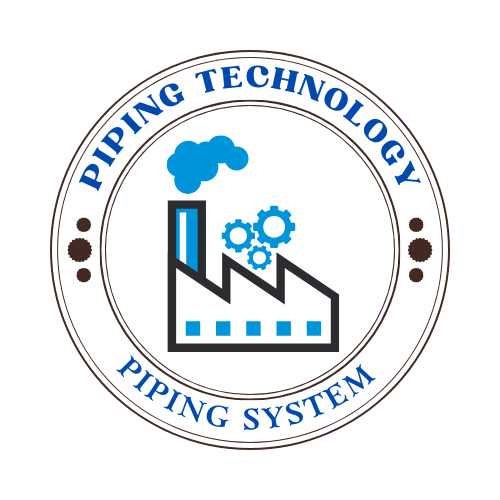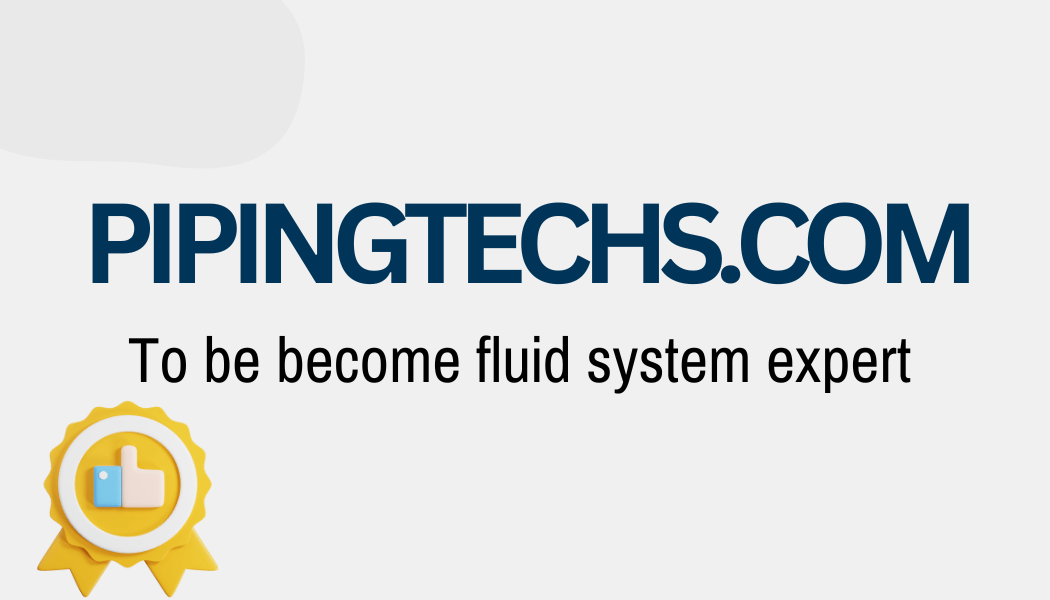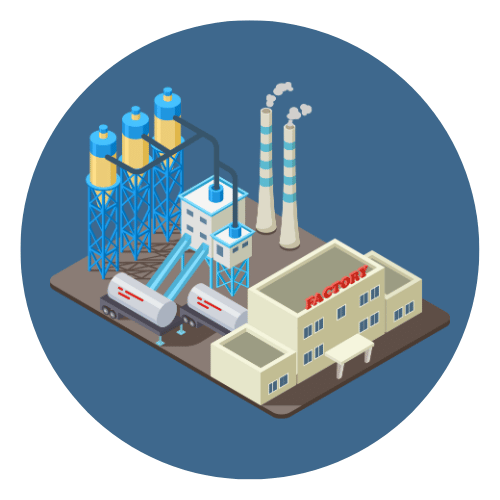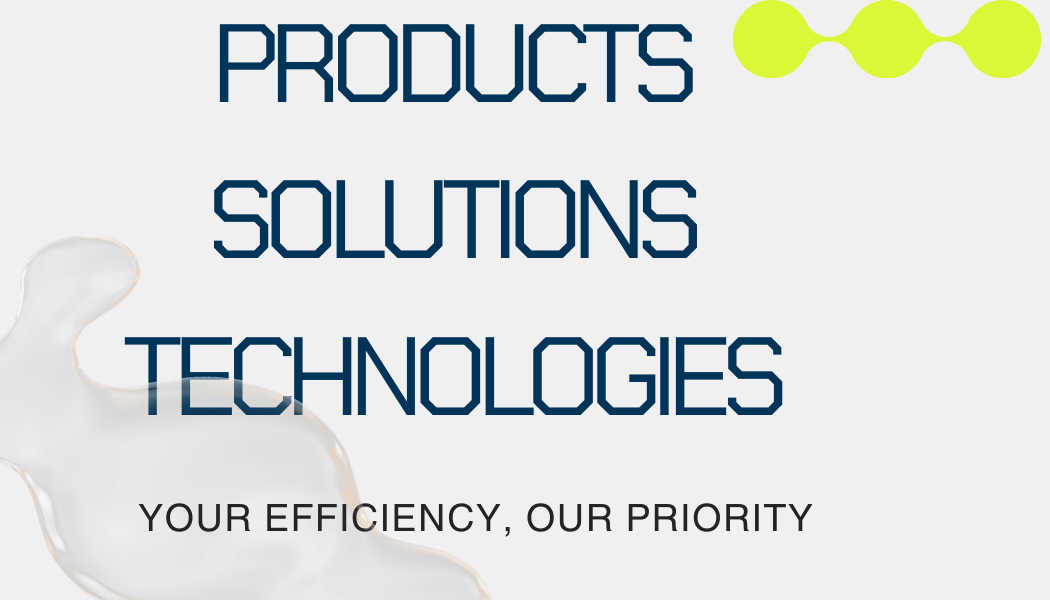
Aluminum pipes are a popular choice in various industries due to their unique combination of strength, lightweight properties, and resistance to corrosion. As one of the most abundant metals on Earth, aluminum is widely available and highly versatile, making it an ideal material for use in construction, transportation, plumbing, and many other applications. Unlike heavier materials such as steel, aluminum offers a significant weight reduction without sacrificing durability, which is crucial for industries focused on efficiency and cost-effectiveness. In this article, we will explore the key properties, types, and applications of aluminum pipes, highlighting why they have become a preferred option in both industrial and everyday use. Whether it’s in HVAC systems, automotive manufacturing, or even marine environments, aluminum pipes provide long-lasting, sustainable solutions across a wide range of needs.


 Automation System
Automation System  Energy Engineeing
Energy Engineeing  Instrumentation System
Instrumentation System  Mechanical Engineeing
Mechanical Engineeing  Piping Technologies
Piping Technologies  Transportations
Transportations  Manufacturing
Manufacturing  Training Material
Training Material 
















